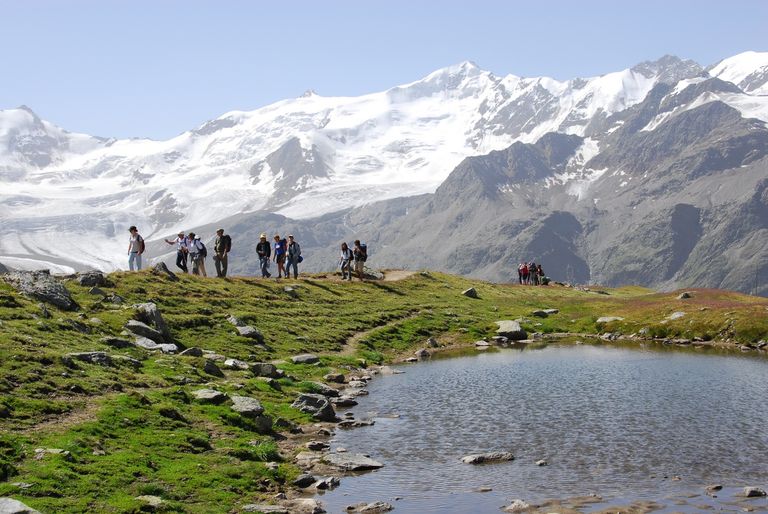
The Stelvio National Park is one of the oldest Italian natural parks, established in 1935, created with the aim of protecting the natural beauty of the Ortles-Cevedale mountain range and to promote sustainable tourism development in the Alpine valleys of Lombardy, Trentino and Alto Adige. It extends over the territory of 24 municipalities and 4 provinces and is in direct contact to the north with the Swiss National Park and to the south with the Adamello-Brenta Provincial Natural Park and the Adamello Regional Park: all these parks together constitute a vast protected area in the heart of the Alps, which covers almost 400,000 hectares.
It was created to protect the flora, fauna and landscape beauties of the Ortles-Cevedale mountain group, and to promote the development of sustainable tourism in the alpine valleys of Lombardy, Trentino and Alto Adige.
Located, with its 130,700 hectares, in the heart of the Central Alps, the Stelvio is a typical high-altitude mountain park: about three quarters of its territory is above 2,000 metres and reaches a maximum of 3,905 m on the summit of the Ortles.
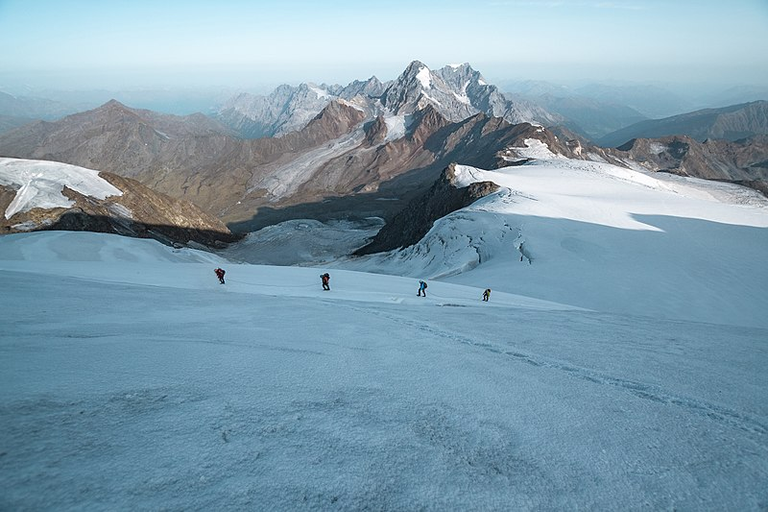
Due to the high average altitudes, it is characterised by a succession of impervious peaks and vast glacial areas. The Ortles-Cevedale group, on the border between Lombardy and Trentino-Alto Adige, forms its geographical heart.
The rocky basement consists mainly of metamorphic rocks (gneisses, phyllites, mica schists) and to a lesser extent of igneous rocks (granites). Particular to the Internal Alps is the presence of calcareous sedimentary rocks (mainly dolomite) in the north-western sector of the Park.
The valley floor areas are characterised by the presence of hay meadows, while the slopes are dominated by coniferous forests; climbing further up, one reaches the alpine grassland, which, with increasing altitude, becomes more and more discontinuous, giving way to those species that grow, as isolated specimens, even at very high altitudes. Here life, especially for plants unable to escape the climatic rigours, becomes difficult. In spite of the extremely low temperatures (even well below -20°C and with averages of no more than 10°C in summer), strong winds (with average speeds close to 50 km/h at the highest altitudes) and abundant snowfall (total accumulations of fresh snow can exceed 7 m), many plants manage to survive even above 3,000 m altitude.
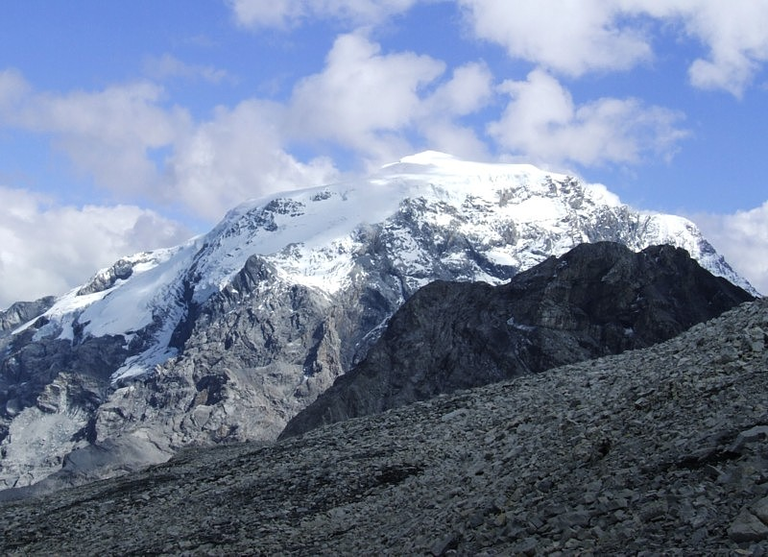
The fauna counts more than 260 species among the vertebrates alone. To sum up the Park's richness in fauna in the extreme, the important presence of large birds of prey (golden eagle and lammergeyer), the rich populations of ungulates (especially deer and ibex) and the presence of many species typical of mountain habitats (alpine galliformes, marmot, white hare, ermine, etc.) are worth mentioning. In addition to them, there is the myriad of invertebrates that also live, at times, in extreme conditions.
As well as a park with great scenery and lush nature, the Stelvio is also a park rich in history. During the First World War, the western end of the fighting front ran here. Many traces of those tragic events - a struggle more about survival in the extremely difficult environmental conditions than against men - still remain today, especially in the Braulio Valley and at the Stelvio Pass, in the Forni Valley and in the Gavia Valley. Military roads and mule tracks, trenches and military villages still bear witness to the events of the ‘White War’.
The Stelvio National Park was founded on 24 April 1935 and is managed by the Azienda di Stato per le Foreste Demaniali and the Corpo Forestale dello Stato. Since 1995, for twenty years, it has been administered by a consortium between the State, the Lombardy Region and the two autonomous provinces of Trento and Bolzano. With the entry into force at the end of February 2016 of Legislative Decree No. 14 of 13 January 2016, the consortium was abolished and the administrative functions, for the territory under their respective jurisdiction, were transferred to the Autonomous Provinces of Trento and Bolzano and to the Lombardy Region, which manages the Lombardy area through Ersaf/Regional Agency for Services to Agriculture and Forests. The unitary configuration of the Park is ensured by a special Coordination and Steering Committee.

Supervision of the Park's territory is exercised by the Carabinieri Parks Department ‘Stelvio’ in Lombardy and by the Provincial Forestry Corps in the provinces of Bolzano and Trento.
The protected area covers as many as twenty-three municipalities more or less widely included within it (ten in Lombardy, ten in the Province of Bolzano and three in the Province of Trento).
Each of the Park's municipalities is an ideal starting point for exploring the protected area. Its 1,500 km of trails allow visitors to venture out and discover the nature and human landscapes of the Stelvio. The visitor centres are the ideal place to learn more about the most diverse aspects of such a rich environmental reality. At the information points it is also possible to obtain all the useful information about the protected area and the many initiatives (excursions, workshops, guided tours, various events) organised by the Park.
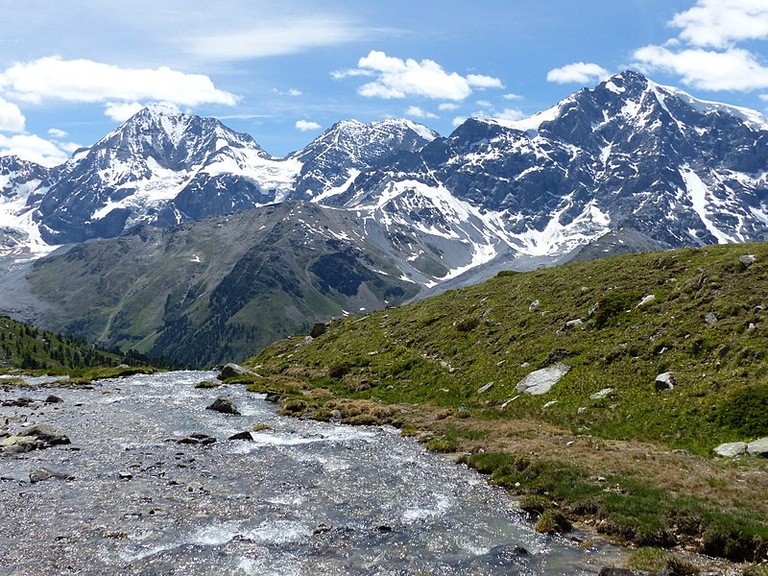
El Nacional Stelvio es uno de los parques naturales italianos más antiguos, creado en 1935, creado con el objetivo de proteger la belleza natural del grupo montañoso Ortles-Cevedale y promover el desarrollo turístico sostenible en los valles alpinos de Lombardía, Trentino y Alto Adigio. . Se extiende sobre el territorio de 24 municipios y 4 provincias y está en contacto directo al norte con el Parque Nacional Suizo y al sur con el Parque Natural Provincial Adamello-Brenta y el Parque Regional Adamello: todos estos parques juntos constituyen un vasto territorio protegido zona en el corazón de los Alpes, que abarca casi 400.000 hectáreas.
Nació con el fin de proteger la flora, la fauna y las bellezas del paisaje del grupo montañoso Ortles-Cevedale, y para promover el desarrollo de un turismo sostenible en los valles alpinos de Lombardía, el Trentino y el Alto Adigio.
Situado, con sus 130.700 hectáreas, en el corazón de los Alpes Centrales, el Stelvio es un típico parque de alta montaña: unas tres cuartas partes de su territorio se sitúan por encima de los 2.000 metros y alcanzan un máximo de 3.905 m en la cumbre del Ortles.
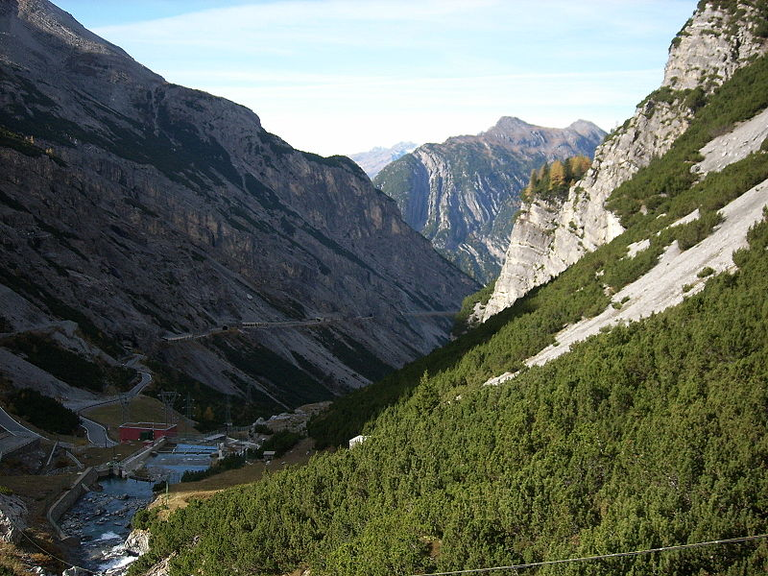
Debido a las elevadas altitudes medias, se caracteriza por una sucesión de picos impermeables y vastas zonas glaciares. El grupo Ortles-Cevedale, en la frontera entre Lombardía y Trentino-Alto Adigio, constituye su corazón geográfico.
El basamento rocoso está formado principalmente por rocas metamórficas (gneises, filitas, esquistos de mica) y, en menor medida, por rocas ígneas (granitos). Particular de los Alpes Interiores es la presencia de rocas sedimentarias calcáreas (principalmente dolomita) en el sector noroccidental del Parque.
Las zonas de fondo de valle se caracterizan por la presencia de prados de heno, mientras que en las laderas predominan los bosques de coníferas; subiendo más, se llega a los pastizales alpinos, que, con el aumento de la altitud, se vuelven cada vez más discontinuos, dando paso a aquellas especies que crecen, como ejemplares aislados, incluso a altitudes muy elevadas. Aquí la vida, sobre todo para las plantas incapaces de escapar a los rigores climáticos, se hace difícil. A pesar de las temperaturas extremadamente bajas (incluso muy por debajo de -20°C y con medias que no superan los 10°C en verano), los fuertes vientos (con velocidades medias cercanas a los 50 km/h en las mayores altitudes) y las abundantes nevadas (las acumulaciones totales de nieve fresca pueden superar los 7 m), muchas plantas consiguen sobrevivir incluso por encima de los 3.000 m de altitud.
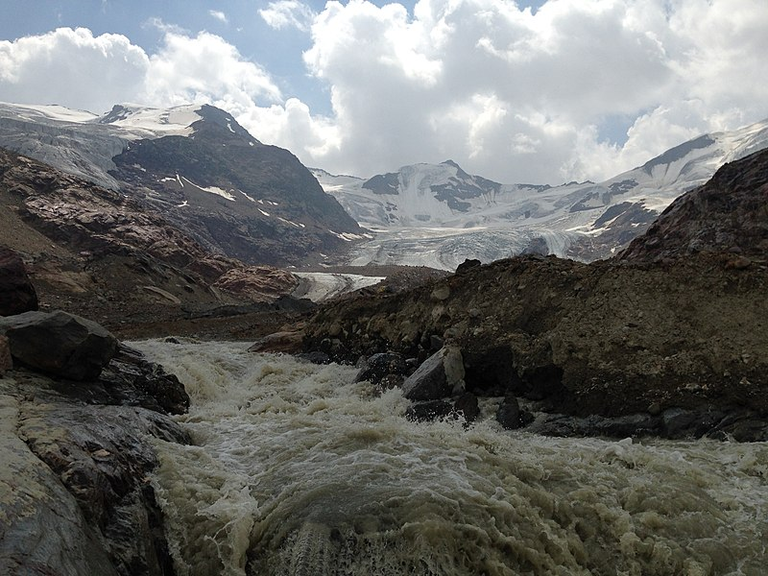
La fauna cuenta con más de 260 especies sólo entre los vertebrados. Para resumir en extremo la riqueza faunística del Parque, cabe destacar la importante presencia de grandes rapaces (águila real y quebrantahuesos), las ricas poblaciones de ungulados (sobre todo ciervos y cabras montesas) y la presencia de numerosas especies típicas de los hábitats de montaña (galliformes alpinos, marmota, liebre blanca, armiño, etc.). A ellas hay que añadir la miríada de invertebrados que también viven, a veces, en condiciones extremas.
Además de un parque con grandes paisajes y una naturaleza exuberante, el Stelvio es también un parque rico en historia. Durante la Primera Guerra Mundial, por aquí discurría el extremo occidental del frente de combate. Muchas huellas de aquellos trágicos acontecimientos -una lucha más por la supervivencia en unas condiciones ambientales extremadamente difíciles que contra los hombres- permanecen aún hoy en día, sobre todo en el valle del Braulio y en el paso del Stelvio, en el valle del Forni y en el valle del Gavia. Las carreteras militares y los caminos de herradura, las trincheras y las aldeas militares siguen siendo testigos de los acontecimientos de la «Guerra Blanca».
El Parque Nacional del Stelvio se fundó el 24 de abril de 1935 y está gestionado por la Azienda di Stato per le Foreste Demaniali y el Corpo Forestale dello Stato. Desde 1995, y durante veinte años, ha sido administrado por un consorcio entre el Estado, la Región de Lombardía y las dos provincias autónomas de Trento y Bolzano. Con la entrada en vigor, a finales de febrero de 2016, del Decreto Legislativo nº 14, de 13 de enero de 2016, se suprimió el consorcio y las funciones administrativas, para el territorio bajo sus respectivas jurisdicciones, se transfirieron a las provincias autónomas de Trento y Bolzano y a la Región de Lombardía, que gestiona la zona lombarda a través de Ersaf/Agencia Regional de Servicios a la Agricultura y a los Bosques. La configuración unitaria del Parque está garantizada por un Comité especial de Coordinación y Dirección.
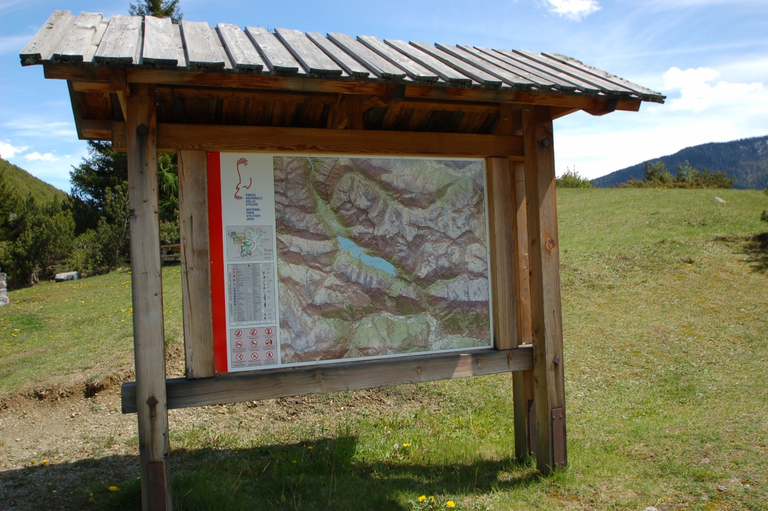
La supervisión del territorio del Parque es ejercida por el Departamento de Parques «Stelvio» de los Carabinieri en Lombardía y por el Cuerpo Forestal Provincial en las provincias de Bolzano y Trento.
El área protegida abarca hasta veintitrés municipios más o menos ampliamente incluidos en ella (diez en Lombardía, diez en la provincia de Bolzano y tres en la provincia de Trento).
Cada uno de los municipios del Parque es un punto de partida ideal para explorar la zona protegida. Sus 1.500 km de senderos permiten a los visitantes aventurarse y descubrir los paisajes naturales y humanos del Stelvio. Los centros de visitantes son el lugar ideal para conocer los aspectos más diversos de una realidad medioambiental tan rica. En los puntos de información también es posible obtener toda la información útil sobre el área protegida y las numerosas iniciativas (excursiones, talleres, visitas guiadas, eventos diversos) organizadas por el Parque.

Source / Fuente: Parco Nazionale dello Stelvio.

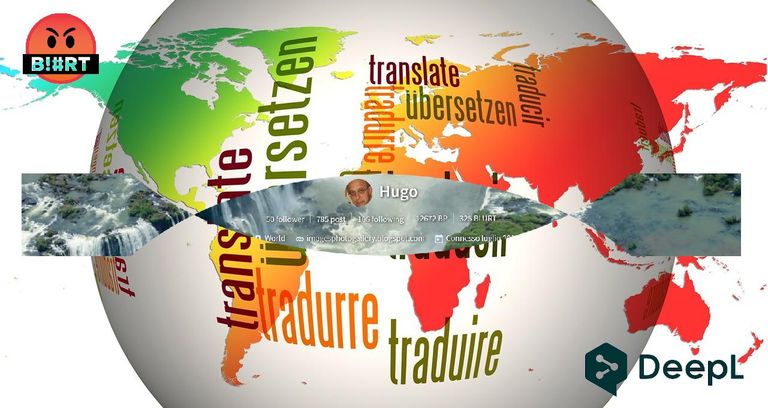

| Blurt Official | Blurt.one | BeBlurt | Blurt Buzz |
|---|---|---|---|
 |  |  |  |
